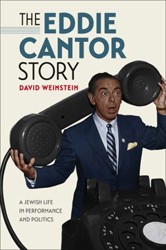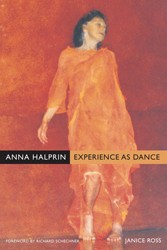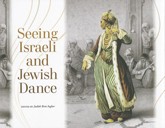Artistry/anguish, inspiration/involution, brilliance/belligerence, are common dichotomies for creative luminaries, including dancer and choreographer Jerome Robbins, born Jerome Wilson Rabinowitz. Here, a well-known writer on dance views Robbins’ long career, which coincided with the ascendancy of Jews in musical theatre and film, and more uniquely for Robbins, in dance.
Although Robbins’ scathing criticism of both performers and colleagues soured many of his relationships, Jowitt notes that dancers accepted his bruising outbursts with less shriveling than did Broadway and film actors — perhaps because he was a fine dancer and of their world.
Two elements tore at Robbins — being a Jew and being homosexual. Yet both provided an identity he accepted. His Jewishness was easily accommodated by prevailing mid-century talents on Broadway; and in ballet, eventually he immersed himself in the dance world of Israel, where sexual liaisons were of no matter. Robbins’ persona did matter when he “talked” to the House Un-American Activities Committee. He claimed that his two fears — revelation of his sexual preference, and of his identity as a Jew — overwhelmed him. His cooperation with HUAC plagued him subsequently.
Names and productions associated with him fill the book. That he created, directed and choreographed musicals and pure dance productions, often simultaneously, with outstanding creativity and intensity in both, marks his genius. Hollywood was an aside— detailed, but an aside. Certainly, the book’s abundant information about dance makes it a treasure for any balletomane, and almost equally so for Broadway theatre fans. Acknowledgements, afterword, biblio., index, notes. 46 b/w photos.




